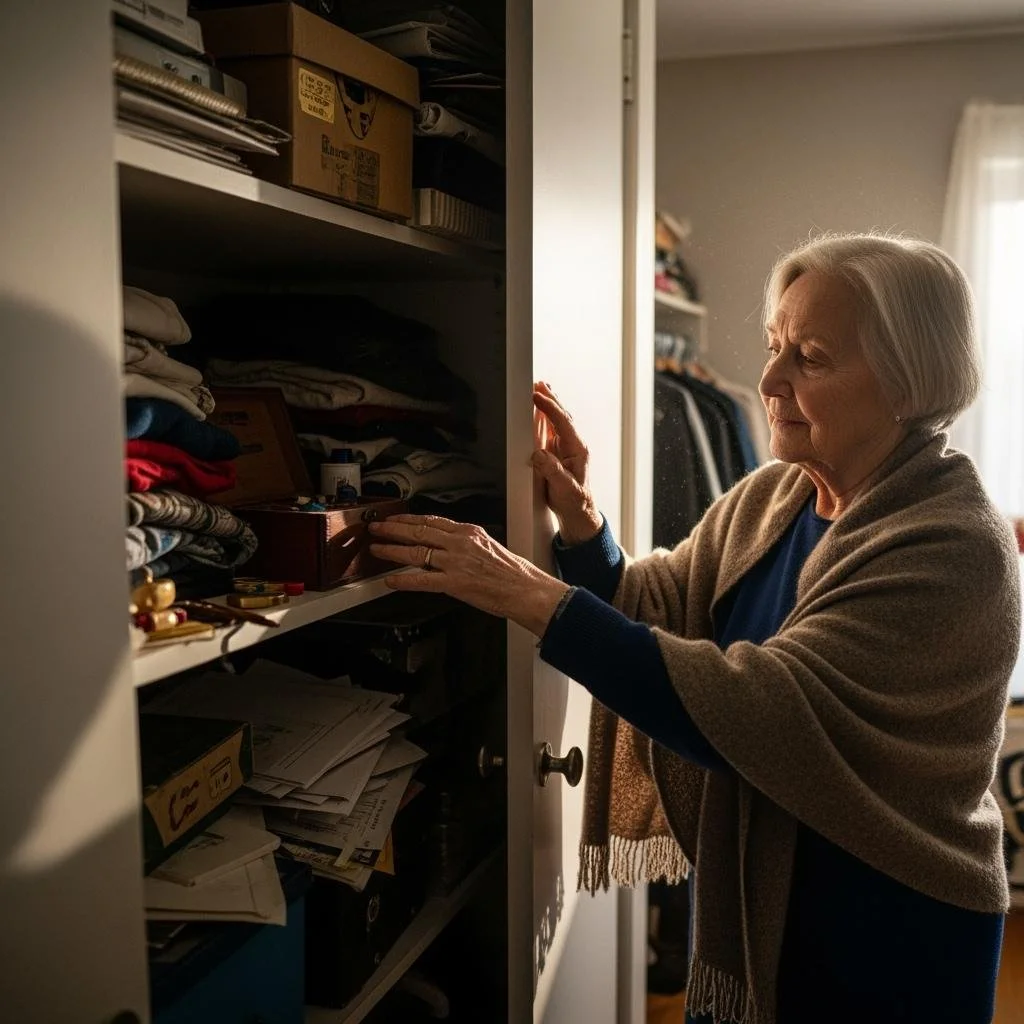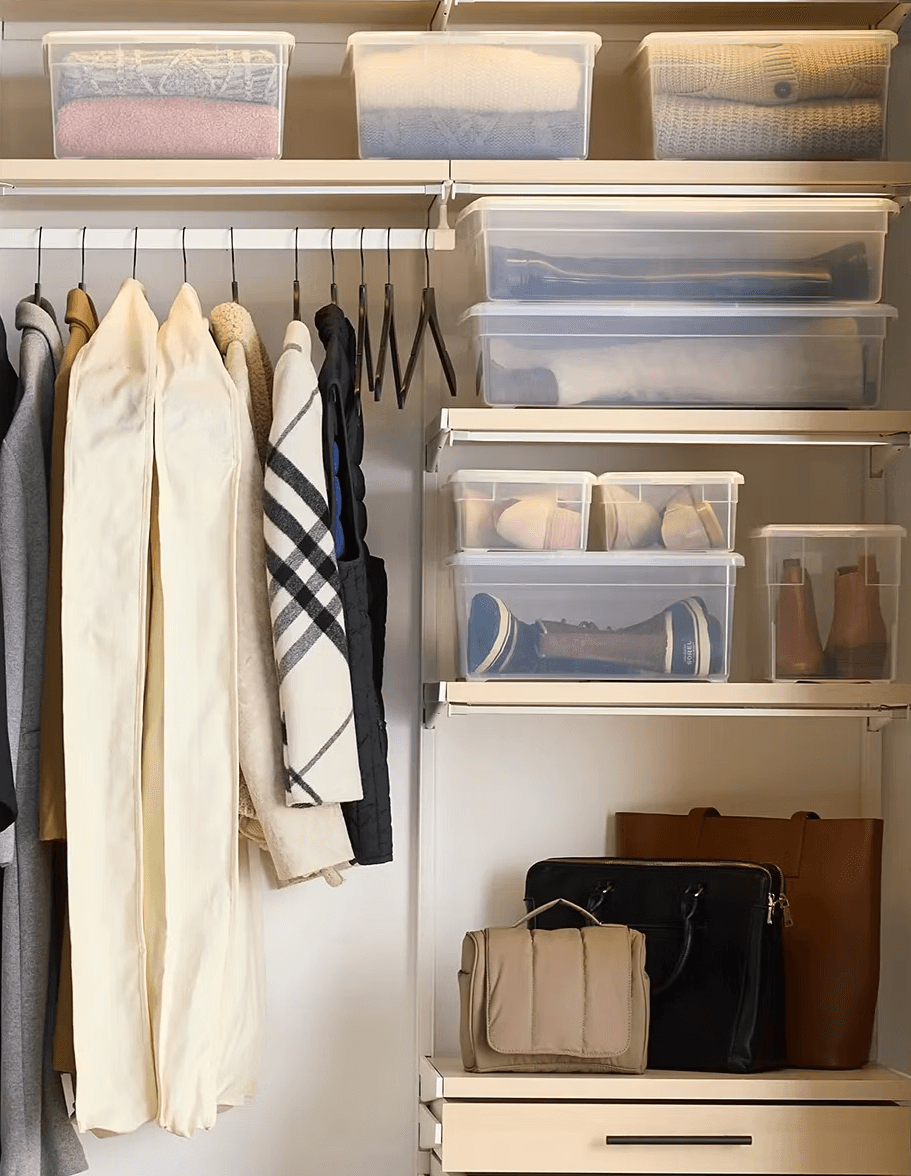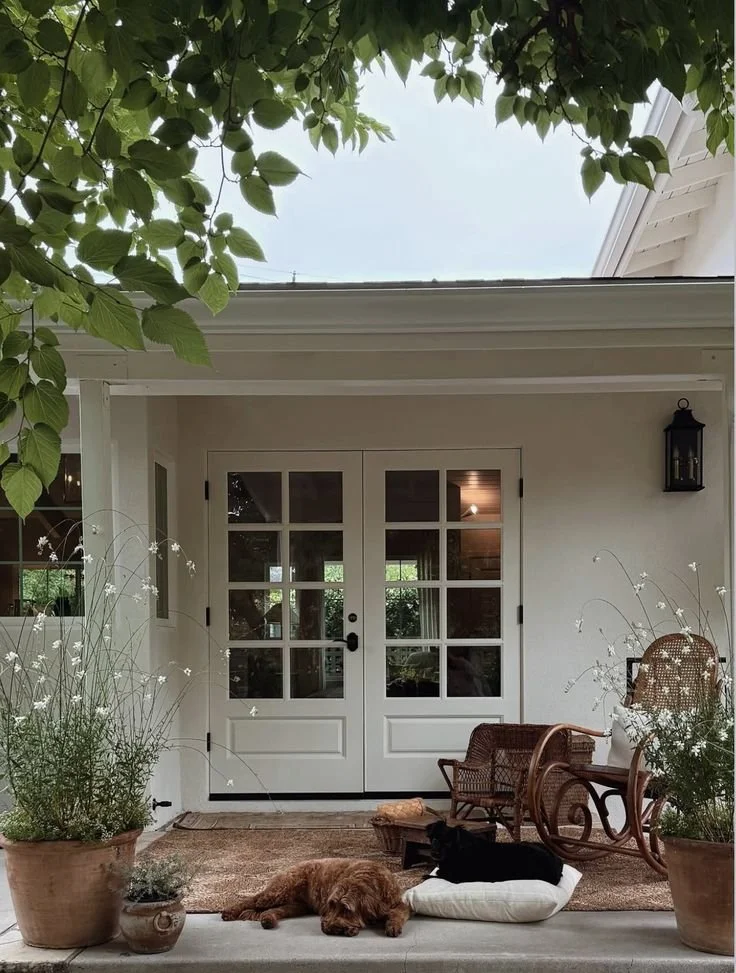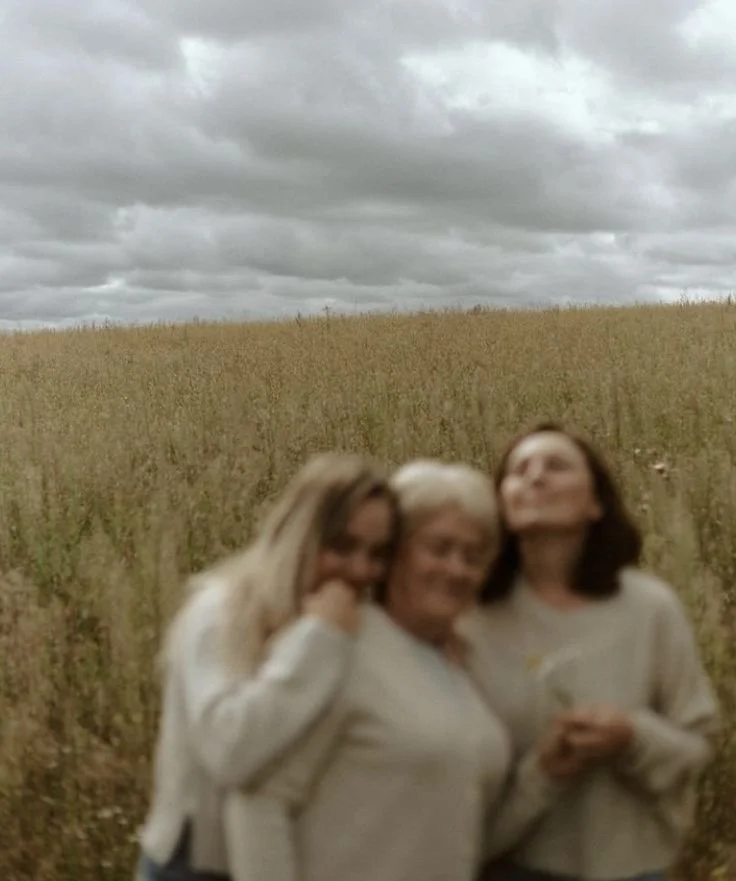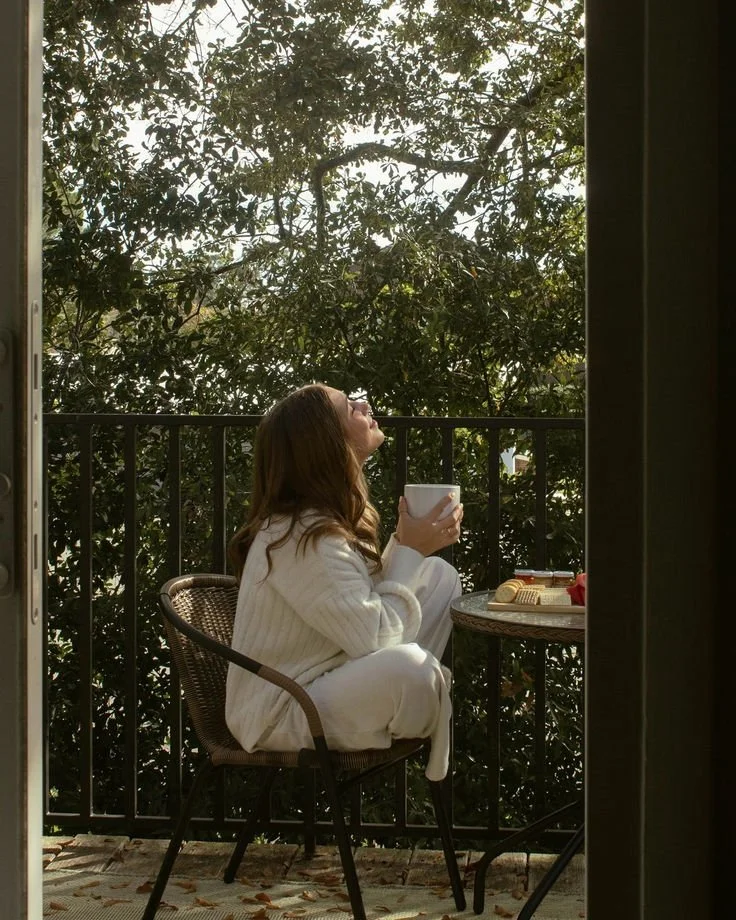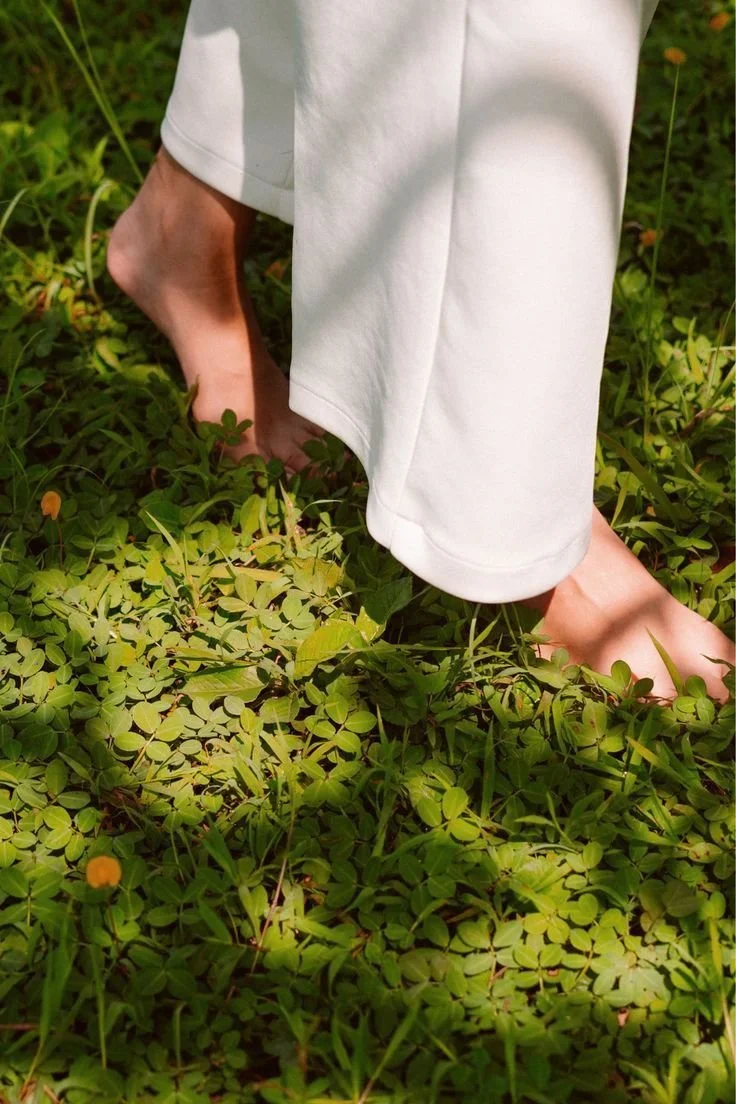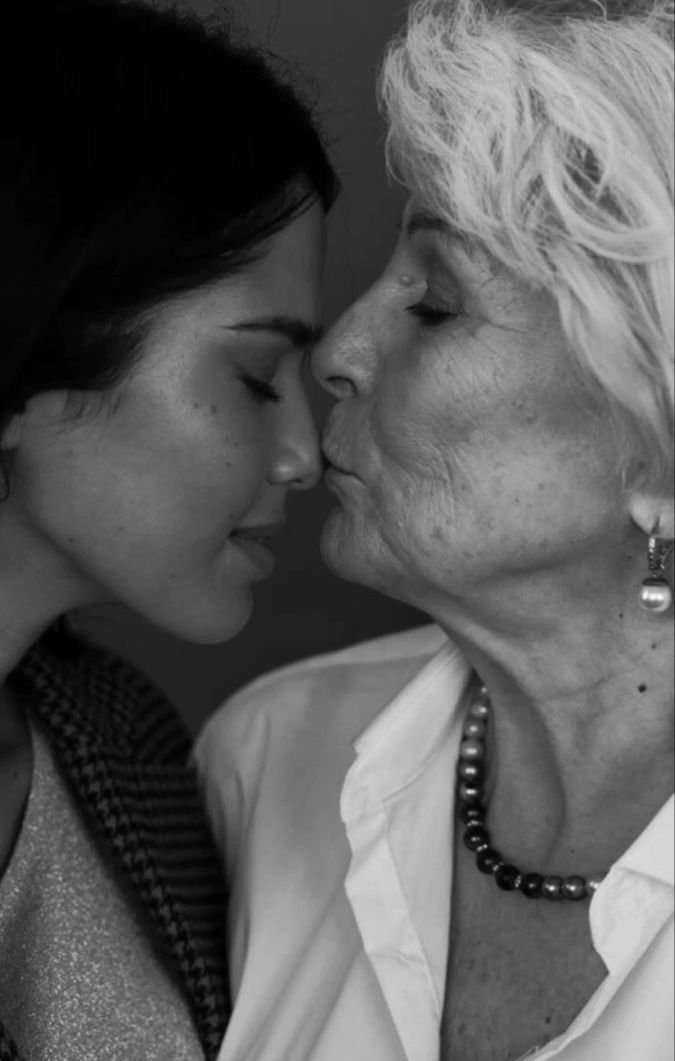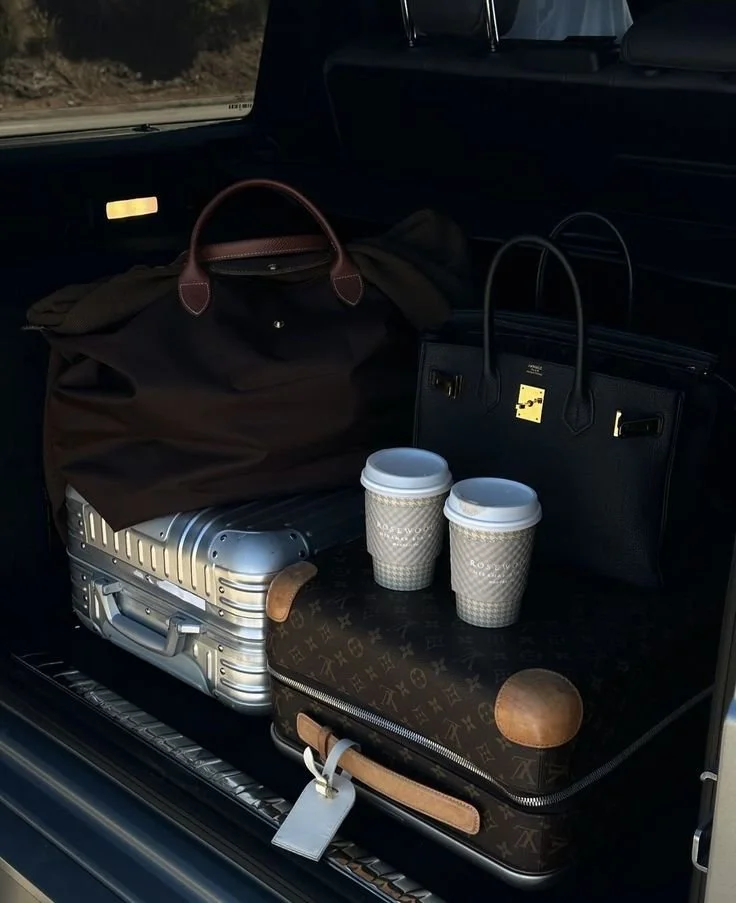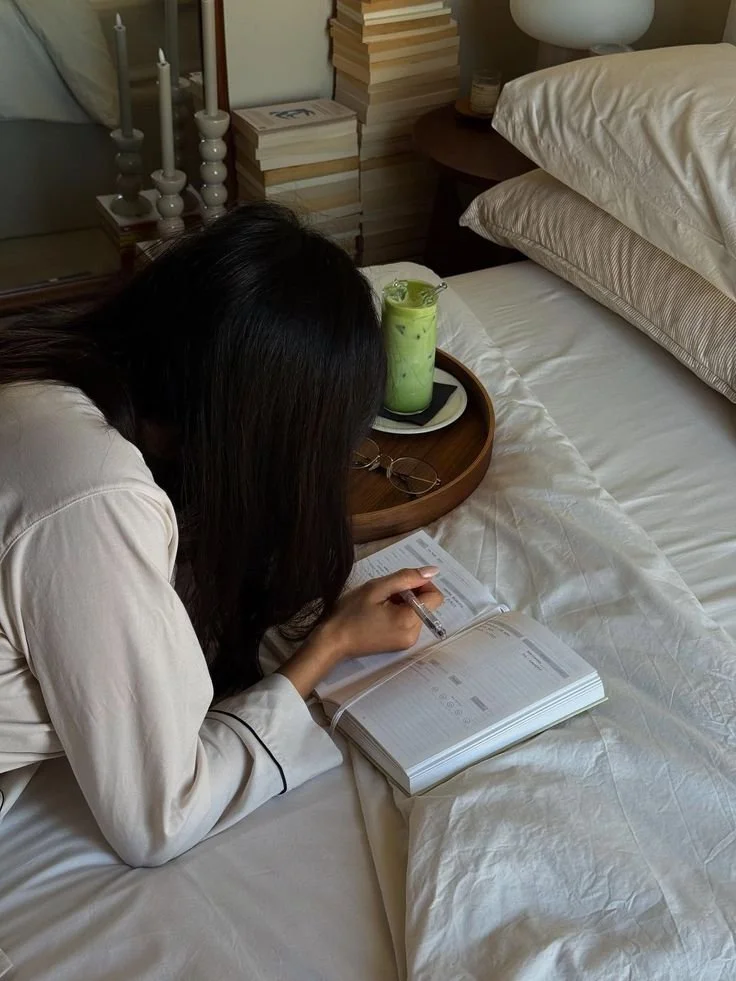Recognizing And Managing Hoarding In Elderly Individuals
As our loved ones age, their needs evolve—not just physically, but emotionally and mentally as well. One issue that often goes unnoticed until it becomes overwhelming is hoarding. While it may begin with seemingly harmless clutter, hoarding in elderly individuals can escalate into a serious concern that affects safety, health, and emotional well-being.
Have you noticed an older family member holding on to items they no longer use? Are walkways in their home blocked by piles of belongings, or does their living space feel increasingly cluttered? These could be early signs of hoarding behavior, a condition more common among seniors than many people realize.
In this article, we’ll explore how to recognize the signs of hoarding in older adults and offer compassionate, practical strategies to help manage it. With patience, empathy, and the right approach, you can support your loved one in creating a safer, more comfortable living environment.
No. 1
Focus On Safety First
Clutter can quickly become a significant safety risk for older adults. Items stacked in walkways or near heat sources can create fire hazards or increase the risk of tripping and falling. These dangers are especially concerning for seniors, who may already face mobility challenges or balance issues.
Start by assessing the home for immediate safety concerns. Are exits clear? Are stairs and hallways unobstructed? Focus on gently removing items that pose the greatest risk.
However, always approach this process with care. Involve your loved one in each step, explaining the goal of creating a safer space—not taking away their belongings. When they feel respected and included, they’re more likely to cooperate. Safety is the foundation for any further progress.
No. 2
Validate Emotions
Hoarding is often rooted in deep emotional connections to objects. For many older adults, possessions represent memories, comfort, or a sense of control—especially if they’ve experienced loss, trauma, or major life changes.
Rather than dismissing their behavior as irrational, take time to listen. Ask about the meaning behind certain items. Why are they important? What do they represent?
Acknowledging their emotions helps build trust and opens the door to meaningful conversations. Avoid pressuring them to discard items too quickly. Instead, offer reassurance and support. When seniors feel heard and understood, they’re more likely to accept help and consider making changes.
No. 3
Respect Their Feelings
To someone struggling with hoarding, what appears to be clutter may actually feel like treasured memories. That old stack of newspapers might remind them of a time when they felt more connected to the world. A broken appliance could represent a gift from a loved one.
Approach the situation with empathy. Avoid judgmental language or rushing the process. Instead, work together to sort through items at a pace they can manage.
Ask open-ended questions like, “Can you tell me about this item?” or “Would you feel comfortable letting go of this if we took a photo of it first?” These gentle strategies show respect for their feelings and foster cooperation.
The Container Store
Your ultimate destination for innovative storage and organization solutions for home or office—offering everything from stylish bins and shelves to custom closet systems
No. 4
Listen With Care
Listening is one of the most powerful tools you have when helping an elderly loved one manage hoarding. Give them space to express their thoughts and concerns without interruption.
Active listening shows that you value their perspective and are not simply trying to “fix” the problem. It also helps you understand the emotional triggers behind the behavior.
During these conversations, remain calm and patient. Avoid jumping in with solutions or criticisms. Sometimes, just being heard can be the catalyst for change. Listening with care builds trust and strengthens your relationship.
No. 5
Notice Clutter Patterns
Pay close attention to how clutter accumulates in your loved one’s home. Are items blocking doors, hallways, or staircases? Are there growing piles of newspapers, clothing, or unopened mail? Are objects being saved without any clear purpose?
These patterns can indicate a deeper issue beyond simple disorganization. Hoarding often reflects unmet emotional needs, such as loneliness, anxiety, or a fear of loss.
By identifying these signs early, you can intervene before the situation becomes more dangerous. Recognizing the behavior is the first step toward offering compassionate, effective support.
No. 6
Learn All About Hoarding in Elderly Individuals
Managing hoarding in elderly individuals requires a thoughtful, patient, and respectful approach. It’s not about clearing out a house overnight—it’s about understanding the person behind the behavior and helping them feel safe and supported.
Every small step forward is a meaningful victory. Whether it’s clearing a single room or simply having an open conversation, progress is possible when you focus on empathy and collaboration.
Encourage your loved one to take part in the process. Celebrate small wins. And remember, you don’t have to do it alone—consider involving professionals such as therapists, social workers, or in-home care specialists who are experienced in working with seniors and hoarding behaviors.
Takeaways
Hoarding in elderly individuals is a complex issue that touches on emotional, physical, and psychological well-being. Recognizing hoarding in older adults early and responding with compassion can make all the difference.
By prioritizing safety, validating emotions, and listening with care, you can help your loved one regain control over their living space—and their life. Respecting their feelings and working at a manageable pace fosters trust and cooperation, leading to lasting change.
Ultimately, your support can transform a cluttered, unsafe environment into a peaceful, healthy home where your loved one can thrive.
Did you find this article helpful? Be sure to explore the rest of our blog for more insights on senior care, mental health, and creating safe, supportive environments for aging loved ones.
Looking for Wellness resources?
Are you looking to enhance your wellness routine? Explore our wellness partners who offer a wide range of resources to support your journey toward holistic living and well-being.
